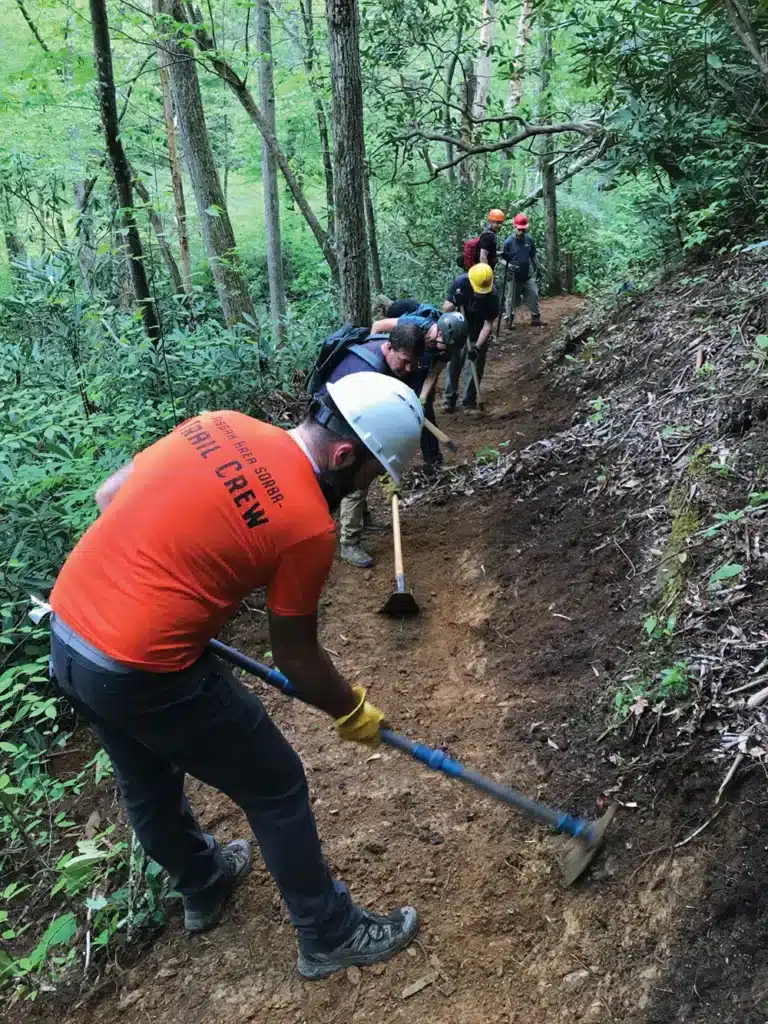Wild sea turtles hatch in New York for the first time
This summer, visitors to New York City’s West Beach noticed something odd: a critically endangered nesting Kemp’s Ridley sea turtle. Kemp’s Ridley sea turtles do forage off of the waters of New York but have never been known to nest so far north, usually laying their eggs in northern Mexico. Thinking fast, the beachgoers called the Riverhead Foundation for Marine Research and Preservation’s 24-hour hotline and reported what they saw. West Beach is within the Gateway National Recreation Area and managed by the National Park Service (NPS) so rangers erected a barrier to protect the nest from humans and predators. It soon became clear, however, that unusually high tides were swamping the nest. Rangers decided to excavate the nest and incubated 110 eggs in a NPS closet. Ninety-six of the hatchlings survived their curious start and were released back into the waters at West Beach in October.
Conservation organization raising money to keep popular Canaan Valley property open to public
The West Virginia Land Trust, a nonprofit conservation organization, is raising funds to purchase 860 acres in Tucker County that adjoins the Canaan Valley National Wildlife Refuge and the Little Canaan Wildlife Management Area. The property will be called Yellow Creek Preserve and includes Moon Rocks, a rock formation that is a popular destination for hikers and mountain bikers. The land is also a part of one of the largest wetland complexes in the southern Appalachians.
The land trust is currently fundraising to pay for the purchase of the property and contributions can be made to www.BuyTheMoonWV.org. “We plan to keep this property available to the public for a long time,” said Brent Bailey, executive director for the land trust.
U.S. Forest Service proposal would make it easier to drill in national forests
In September, the U.S. Forest Service proposed “updating, clarifying, and streamlining” regulations that could change how oil and gas leasing is handled across 193 million acres of national forests and grasslands. The Forest Service states that the intent of the changes would be to decrease permitting times by removing regulatory burdens that “unnecessarily encumber energy production” and “promote domestic oil and gas production by allowing industry to begin production more quickly.” But environmental groups are up in arms over the proposed changes. “What they want to do is clear and pave the way for faster permits for the oil and gas industry,” Kristin Davis, staff attorney at the Southern Environmental Law Center, told Outside Magazine. Energy companies and environmentalists both agree that the permitting process can be improved. The Forest Service portrays the process as cumbersome and burdened by red tape while environmentalists think the process should be bolstered, with an environmental review occurring at a better stage of the process. A draft of the new regulations will be available for public review and comment sometime next year.








